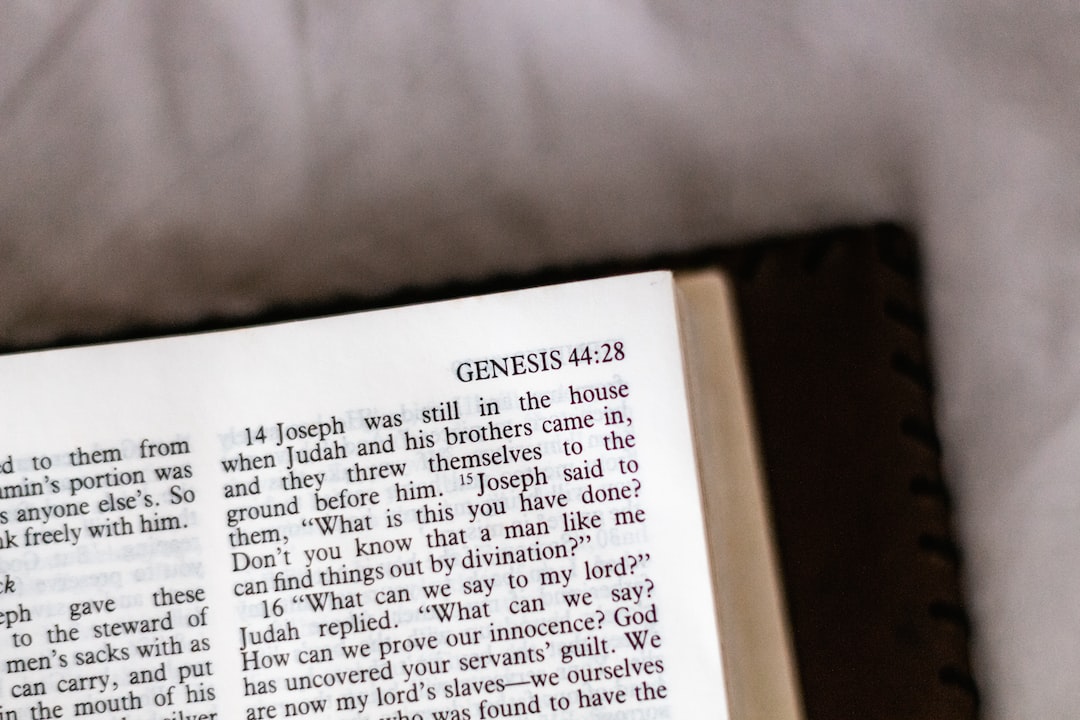Unraveling the Mystery of Near-Death Experiences in Different Religions
Near-death experiences (NDEs) have long fascinated and puzzled both scientists and individuals from various religious backgrounds. These transcendent experiences occurring on the brink of death often share similar characteristics, regardless of the religious beliefs of those who encounter them. However, there are also intriguing differences in how NDEs are interpreted across different religious traditions.
Perhaps one of the most prominent similarities observed in NDEs across different religions is the notion of an out-of-body experience. Many individuals report feeling as though they are floating above their physical bodies, witnessing their surroundings and sometimes even observing medical procedures being performed on them. This phenomenon is commonly interpreted as evidence for the existence of the soul or spirit, separate from the physical body.
Moreover, the presence of a bright light, often described as warm and loving, is frequently reported during NDEs. This radiant light is seen as a divine or spiritual entity, leading some to associate it with religious figures such as Jesus, Buddha, or Allah, depending on one’s religious background. Regardless of the specific religious interpretation, the light is universally seen as comforting, inspiring feelings of peace and transcendence.
However, the interpretation of NDEs can diverge significantly when considering the various religious frameworks that exist worldwide. For instance, within Christianity, NDEs are often described in terms of encountering heaven or hell. Christians who have experienced NDEs often report meeting deceased loved ones, angels, or even Jesus himself, which reinforces their belief in an afterlife and the existence of a divine realm.
In contrast, within Buddhism, NDEs are perceived through the lens of karma and reincarnation. Buddhist teachings emphasize the cycle of death and rebirth, and many NDE accounts from Buddhists reflect this perspective. These individuals often report being guided by deceased loved ones or celestial beings, providing them with a glimpse into their karmic path and the potential for future rebirth.
On the other hand, Islamic interpretations of NDEs revolve around the concept of the soul’s journey after death. According to Islamic beliefs, the soul temporarily leaves the body during sleep, and during the NDE, it experiences a glimpse of the hereafter. Muslims who have undergone NDEs frequently mention encountering angels, witnessing the beauty of paradise, or even receiving visions of their ultimate destination in the afterlife.
While these examples only scratch the surface, they highlight the diverse ways in which NDEs are understood within different religious frameworks. The commonalities between NDEs across religions can be seen as evidence for a shared transcendent experience that transcends cultural boundaries.
The mystery surrounding NDEs calls for further research and exploration. Scientists continue to investigate the physiological, psychological, and spiritual aspects of these experiences, aiming to unravel the depths of this fascinating phenomenon. Additionally, interfaith dialogues can play a crucial role in fostering understanding and appreciation for the diverse interpretations of NDEs, promoting mutual respect and tolerance among different religious communities.
Unraveling the mystery of NDEs in different religions is a complex undertaking. It requires acknowledging the shared characteristics while respecting the individual interpretations and religious frameworks that inform these experiences. Ultimately, understanding NDEs across religions may contribute to a broader understanding of spirituality and human consciousness, transcending the boundaries of belief systems and offering hope in the face of the unknown.

